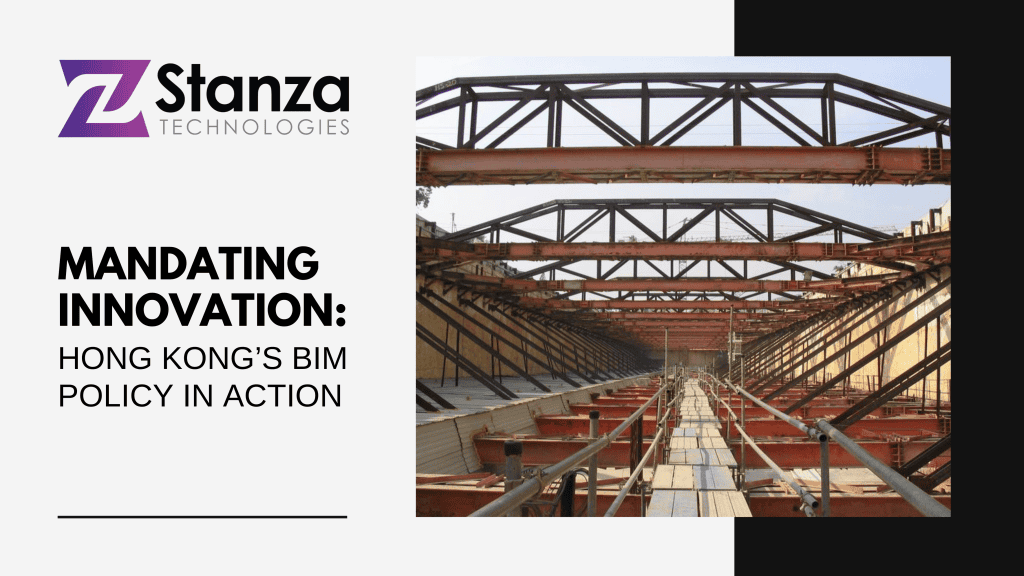By requiring Building Information Modeling (BIM) for public projects costing more than HK$30 million, Hong Kong has made notable advancements in digital construction. This action demonstrates the nation’s dedication to updating infrastructure, increasing productivity, and establishing high project execution standards. Using BIM is not only required by law, but it is also a calculated move to cut down on mistakes, rework, and ensure building projects align with sustainability objectives.
The Kwu Tung Station project, which won an Honorable Mention at the Autodesk Hong Kong BIM Awards 2024, is a shining example of how BIM has been successfully implemented in Hong Kong. The award emphasizes how BIM is being utilized to improve stakeholder collaboration, expedite design coordination, and anticipate and resolve possible issues. The project team’s use of digital modeling reduced expensive delays and maximized resource utilization, demonstrating BIM’s enormous benefits to substantial infrastructure development.
Hong Kong’s aggressive approach to BIM adoption exemplifies how digital transformation can result in more intelligent and sustainable urban planning. By integrating BIM into construction workflows, project teams can avoid costly and time-consuming reworks by anticipating design conflicts early on. This degree of accuracy is essential for large-scale infrastructure projects, where even small errors in judgment can result in substantial financial losses. Better decision-making is also made possible by BIM’s capacity to increase data transparency, which eventually helps developers, end users, and the environment.

Beyond financial savings, BIM is essential for advancing sustainability. The ability to plan and build buildings with minimal waste and optimal energy efficiency has become more crucial than ever as cities around the world struggle with resource scarcity and climate change. BIM aids in optimizing space use, cutting down on material waste, and guaranteeing that projects adhere to green building standards in Hong Kong, where land and resources are scarce. Because of the technology’s ability to model environmental effects before construction, builders can make well-informed decisions promoting long-term sustainability objectives.
Hong Kong’s BIM experience inspires the global construction industry and its Asian neighbors. By implementing BIM standards, the nation ensures that its infrastructure projects are carried out precisely, sustainably, and economically. Hong Kong’s approach can teach other countries looking to modernize their construction industries a lot, especially about how industry-wide adoption and regulatory support can lead to significant infrastructure and building development advancements.
Innovative solutions are becoming more and more necessary as the demand for construction continues to rise globally. Countries that have not yet adopted BIM more widely risk lagging in terms of environmental responsibility, efficiency, and regulatory compliance. The experience of Hong Kong with BIM demonstrates that implementing state-of-the-art technology is about influencing the development of resilient and sustainable infrastructure, not just staying up with market trends.










